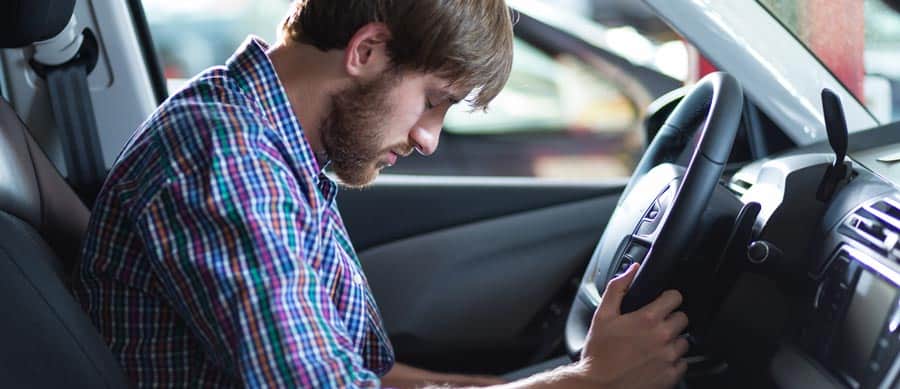More Americans are Driving Stoned
Last Updated on January 25, 2023

An estimated projection from Finder.com determined that if the number of U.S. drivers driving under the influence of THC continues to increase at the rate it currently is, there could be an astounding 41.4 million high drivers on the road by 2021.
Risks of Driving Stoned
According to the report from Finder.com, a recent study found that the legalization of weed in Colorado and Washington was not linked to more road fatalities involving high drivers, but the dangers and risks of driving stoned are still very real and relevant.2
A 2018 study from researchers at McGill University found that high drivers were not always able to respond appropriately to normal distractions on the road.3
Although one in five millennials believe they can drive stoned just as well as they do sober, the research says differently.4 The Canadian study referenced above found that high drivers’ reaction time decreased significantly, they braked more often, they were more likely to weave within their lane, and their perception of time was distorted. Those side effects lasted up to five hours after smoking less than just one joint.
Another study determined that cannabis use substantially impairs a driver’s ability to drive safely, affecting things like tracking, motor coordination, eyesight, and divided attention. Additionally, the use of both alcohol and cannabis greatly increases the risk of injury or death while driving high.5
According to the National Institute on Drug Abuse, people involved in car crashes with THC in their blood (especially higher levels of THC) are three to seven times more likely to be responsible for the car crash than sober drivers.6
Although the effects of marijuana may vary depending on a person’s tolerance, how much marijuana they’ve used, and how long marijuana stays in the body, the Centers for Disease Control and Prevention (CDC) states that marijuana use impacts a driver’s:
- Reaction time
- Ability to make decisions
- Physical coordination
- Perception
- Difficulty solving problems
- Memory7
Public Opinion About Driving Stoned
Despite the proven risks of driving under the influence of cannabis, a Gallup poll showed 70 percent of people still believe that driving while impaired by marijuana is “not much of a problem” or is only somewhat of a serious problem.8
No one should ever drive while stoned but it is often difficult for law enforcement to detect and many people think it’s okay. As a result, driving while high isn’t all that uncommon.
More than half of Michigan’s medical marijuana users admitted to driving high and one in five survey respondents said they were “very high” while driving at some point over the last six months.9 Additionally, 4.8 million people between the ages of 16 and 25 have driven under the influence of marijuana in the past year.10
Help for Marijuana Abuse is Available
Getting behind the wheel of a car after using cannabis is never a good idea. Just like driving drunk, the risks of driving stoned are never worth it. If you or a loved one is struggling with marijuana abuse or addiction, you’re not alone and it’s never too late to get help.
Call (512) 605-2955 today to speak with a Nova representative about your addiction treatment options.

